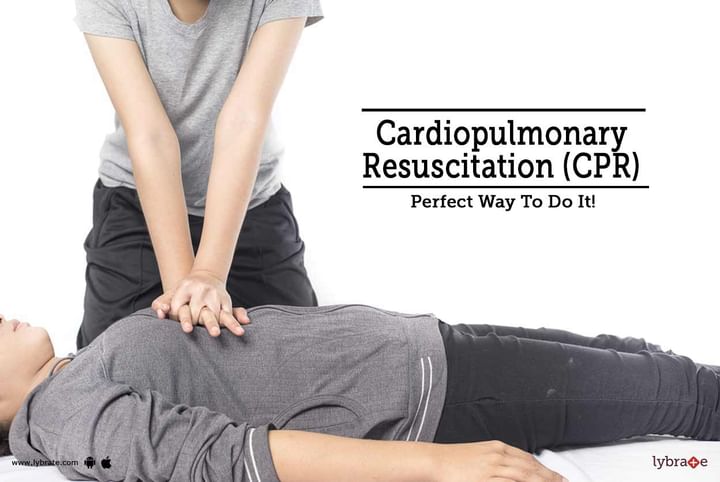Cardiopulmonary Resuscitation (CPR) - Perfect Way To Do It!
Cardiopulmonary resuscitation or CPR is an activity that should be learnt by everybody. It’s a skill that comes handy at the time of the crisis. Owing to the fact that 90 percent of the overall cardiac related conditions occur outside the hospital, learning CPR becomes essential. A person with the knowledge of CPR can save the life of a patient in those crucial seconds when life hangs in the balance. Here is a brief know how about CPR and the way it is done:
Before CPR is started:
It is necessary to tap the patient on the shoulder and ask if he is fine. If the answer is not in the affirmative, seeking medical help is the best possible alternative. If medical help such as ambulance is out of reach, starting the CPR is the best possible way to go.
CPR for children above 9 years:
The patient should be laid on their back and the person intending to give the CPR should kneel next to the shoulder and neck of the patient. The heel of one hand should be placed to the center of the chest of the patient. The heel of the other hand should be placed over the lace and first fingers together. The elbow of the person intending to give the CPR should be kept straight and the shoulder should be aligned directly over the hands. Thus, begins the process of compression as hard as possible. The aim should be to compress at least 100 times within a single minute. The chest should be given the chance to arise fully in between each compression. One small hat tip in this regard is to give the CPR in the disco mode. One beat at a time.
CPR for infants and children below 9 years:
Before starting the CPR, the head should be tilted backward and the chin should be lifted upward to open the passage for the airway. In case the breathing is absent, either of the below-mentioned rescue breaths should be applied:
- For a child, the nose should be shut and mouth should be completely sealed.
- For an infant, the seal is applicable on the mouth and the nose both.
This should be followed by blowing in the mouth till the chest has a visible rise. There should at least be 30 chest compressions given to the patient within a minute. While For a child the chest should be pushed with one or two hands, for an infant, the chest should be pushed with no more than three fingers. The above steps should be repeated three to four times.



+1.svg)
